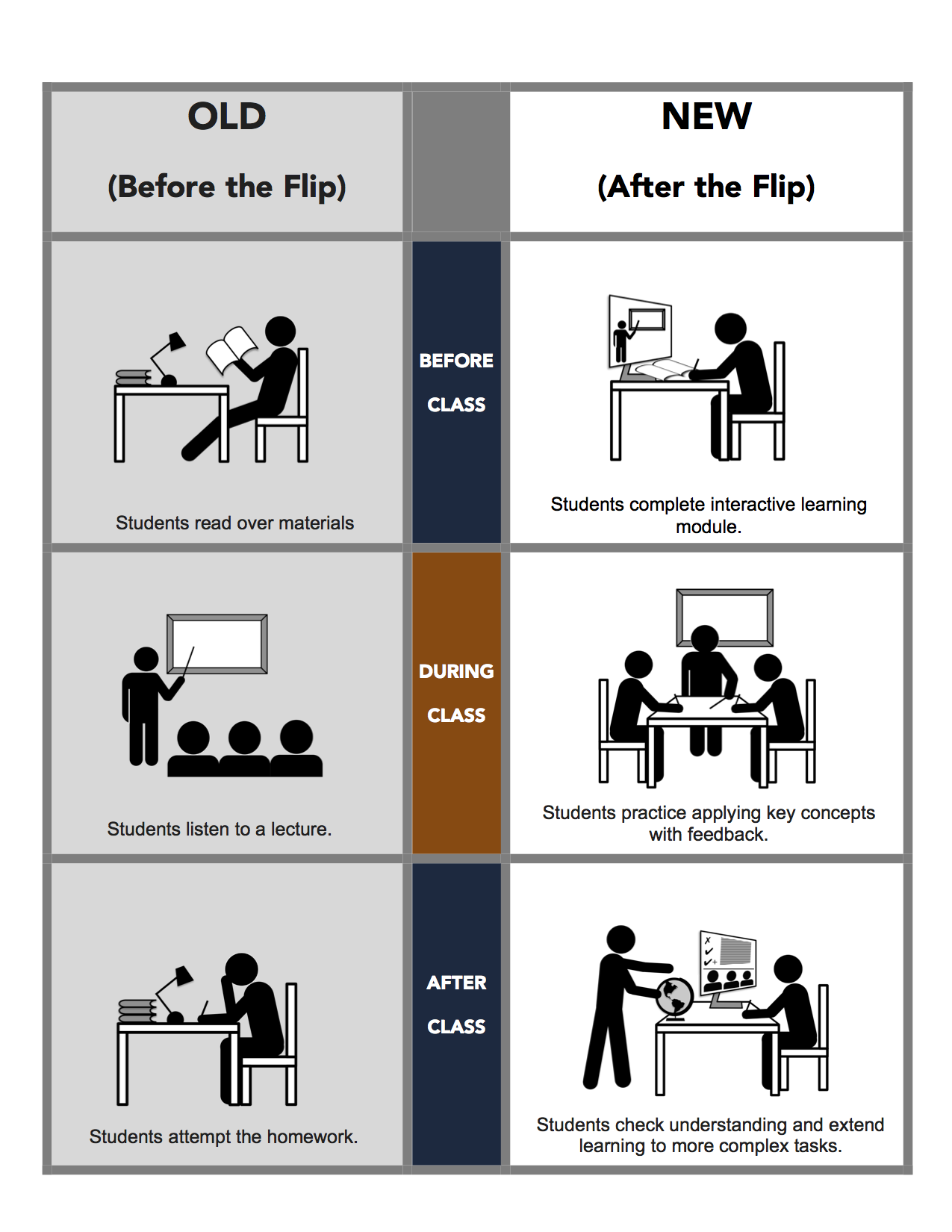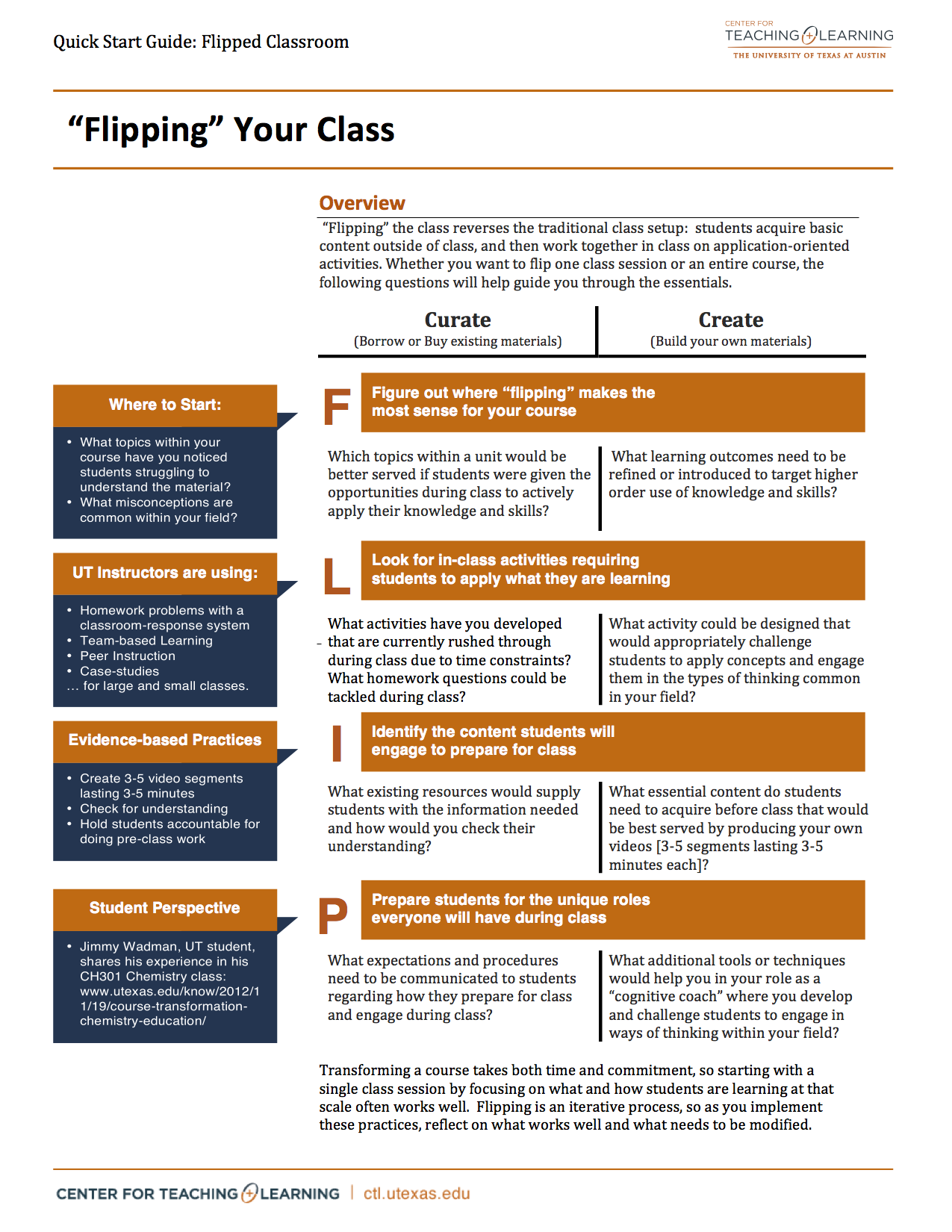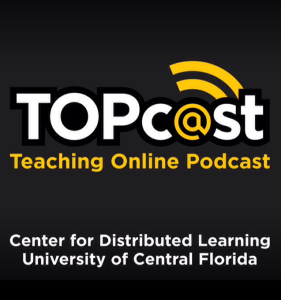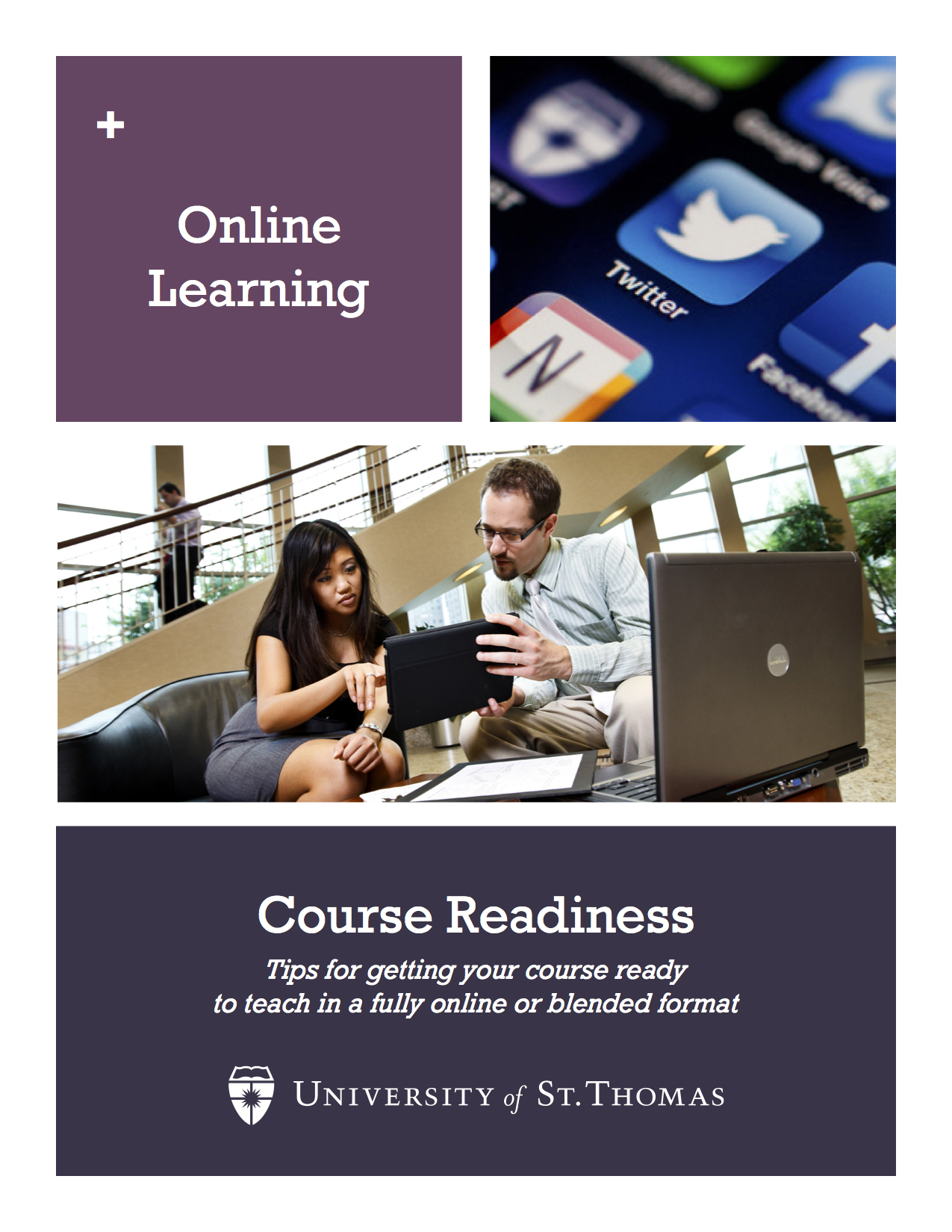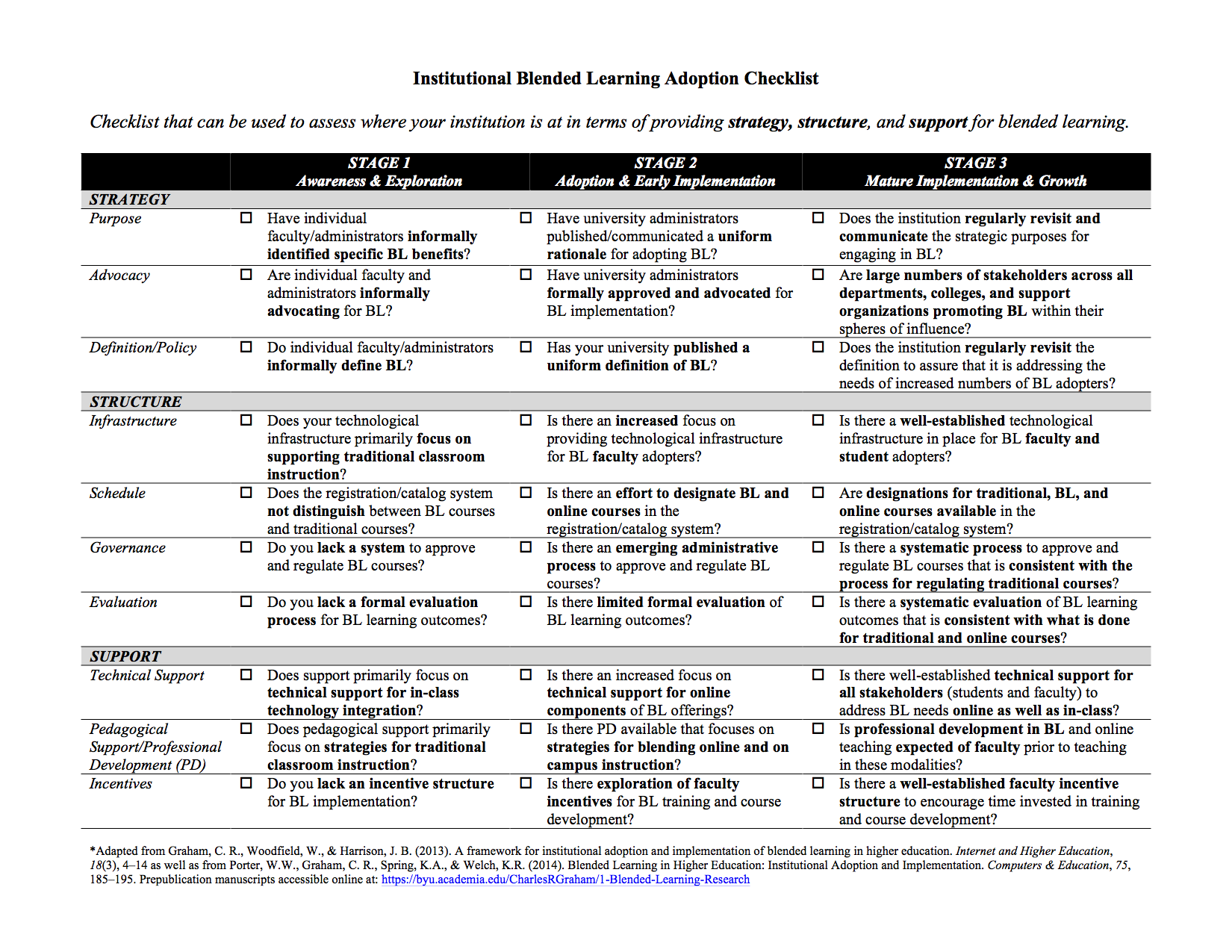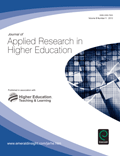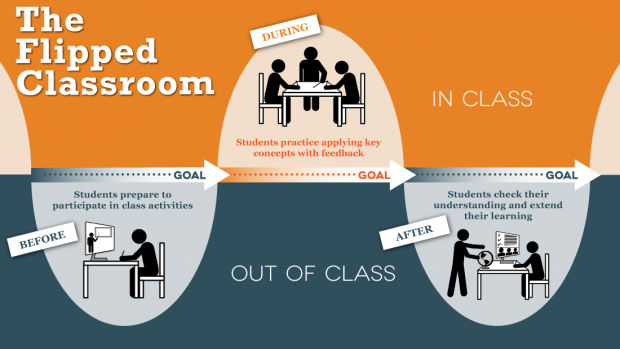
The Center for Teaching and Learning at the University of Texas at Austin has developed some outstanding resources for faculty interesting in “flipping” their classroom instruction.
What is a flipped class?
This 1 minute video introduces the flipped classroom model of instruction.
What is a flipped class? from UT Austin CTL on Vimeo.
A flipped class is one that inverts the typical cycle of content acquisition and application so that
- students gain necessary knowledge before class, and
- instructors guide students to actively and interactively clarify and apply that knowledge during class.
Flipped Classroom Quick Start Guide
How to Flip a Class
The videos and recommendations with guiding questions on the UTAustin CTL website, walk you through the steps of flipping a single class; the process is scalable for flipping portions of each unit or an entire course.
Thank you to the UT Austin CTL for developing and sharing such a comprehensive set of flipped classroom resources!
